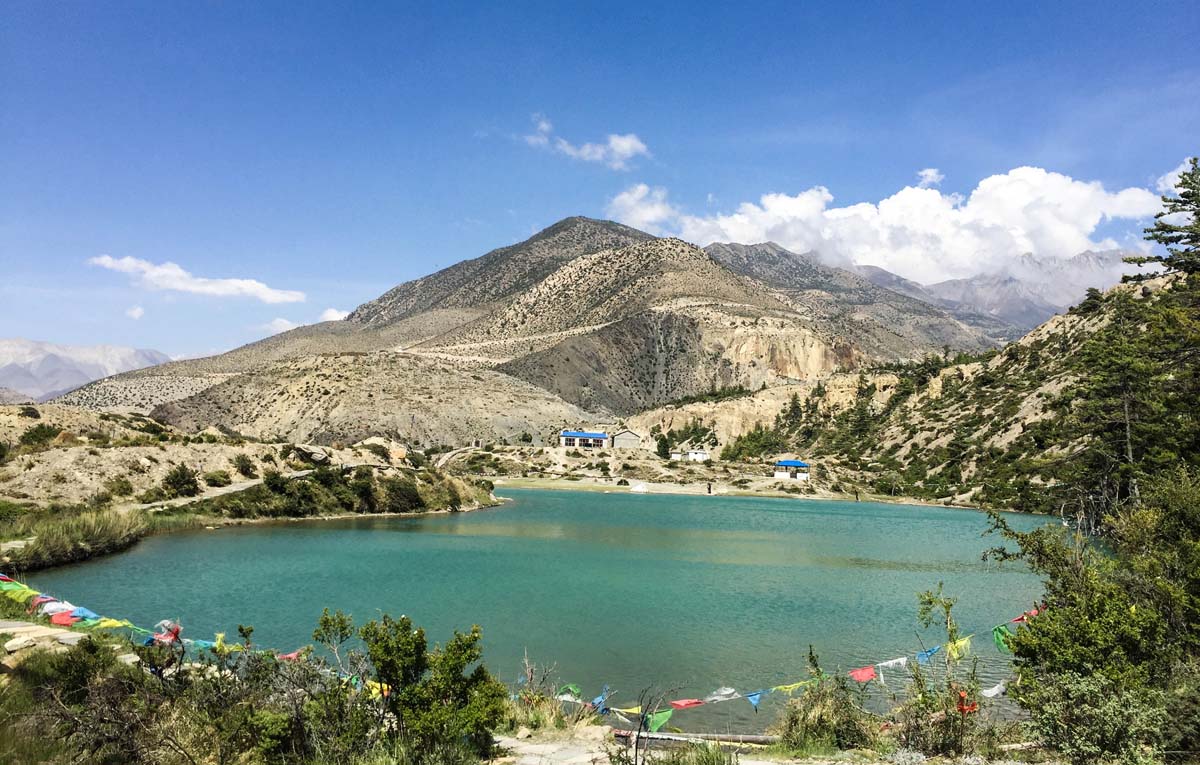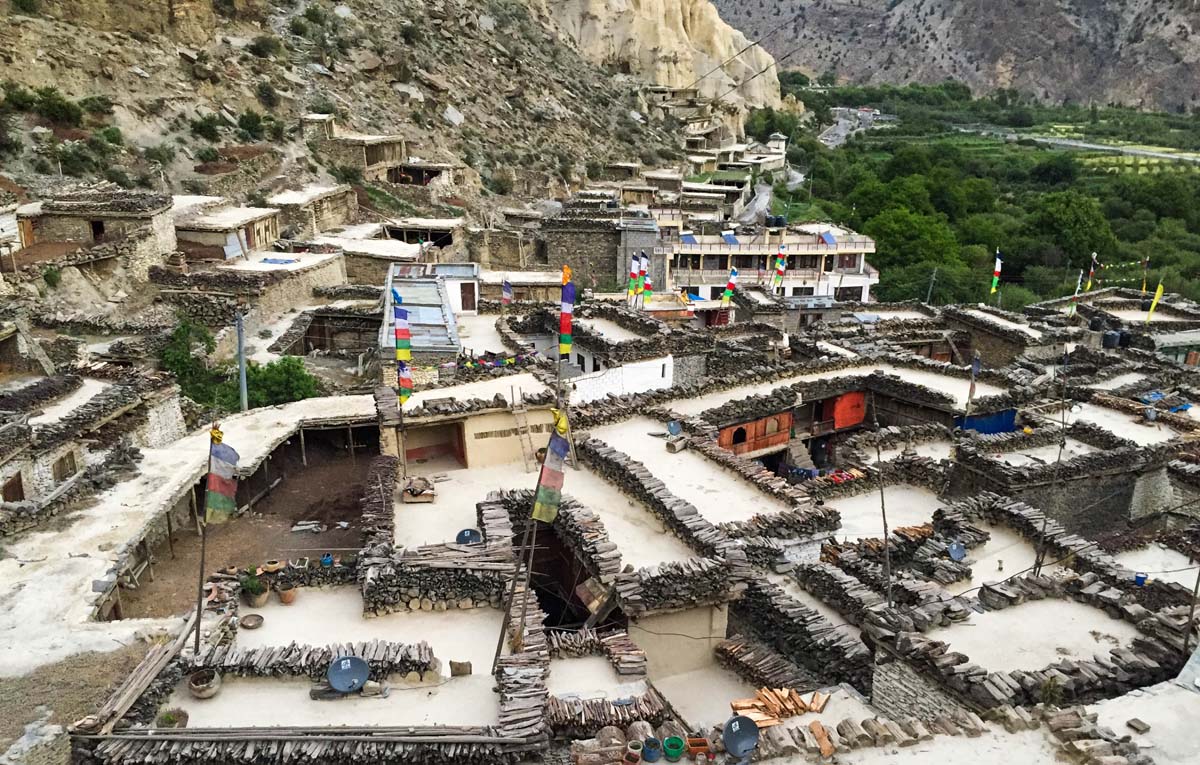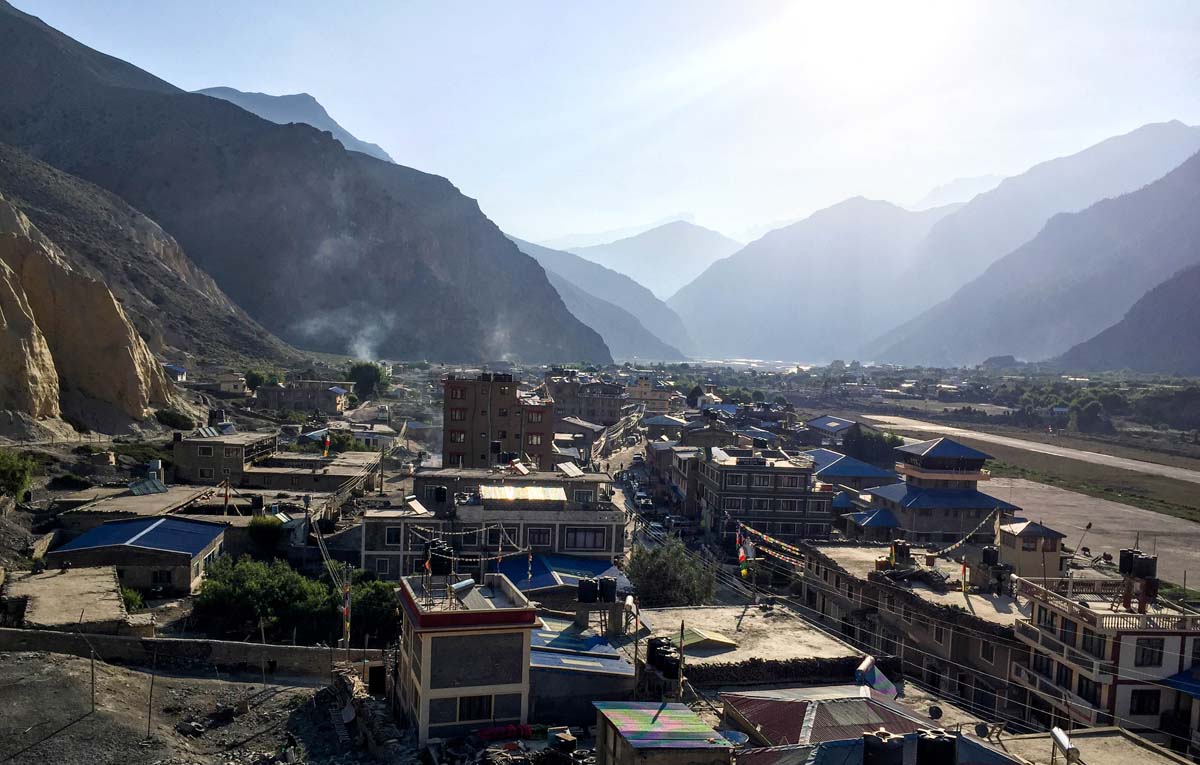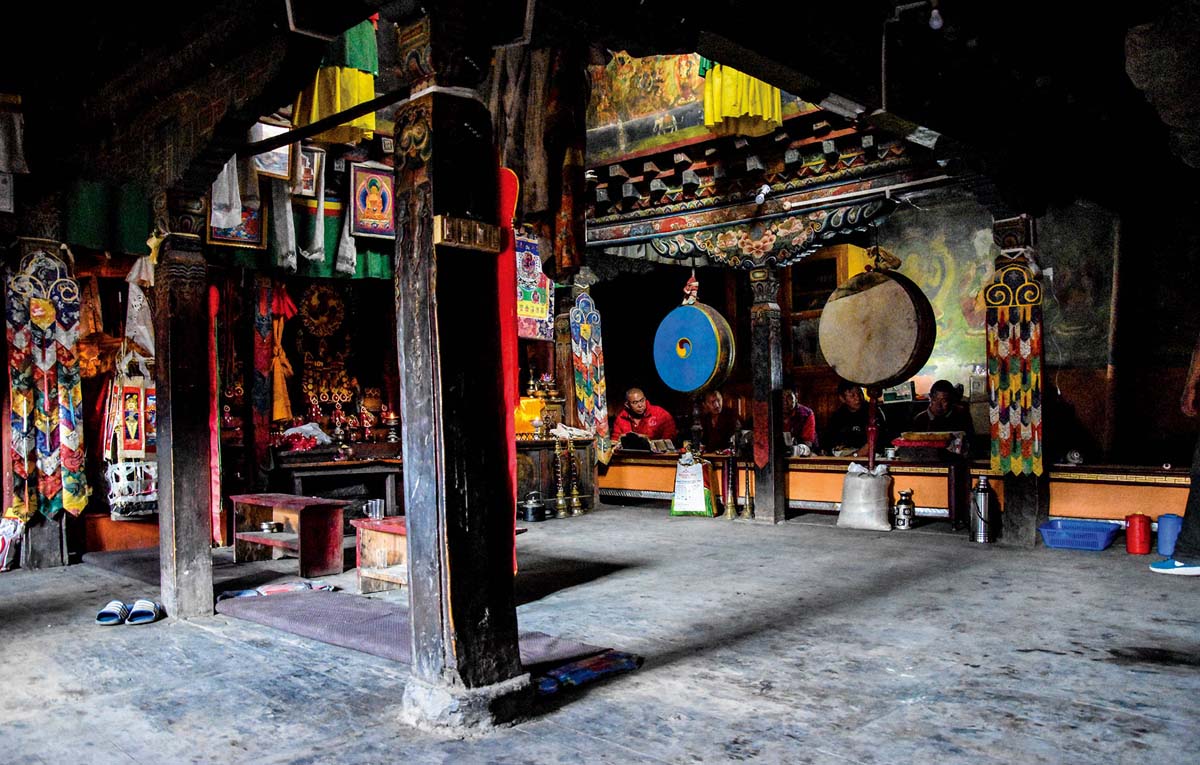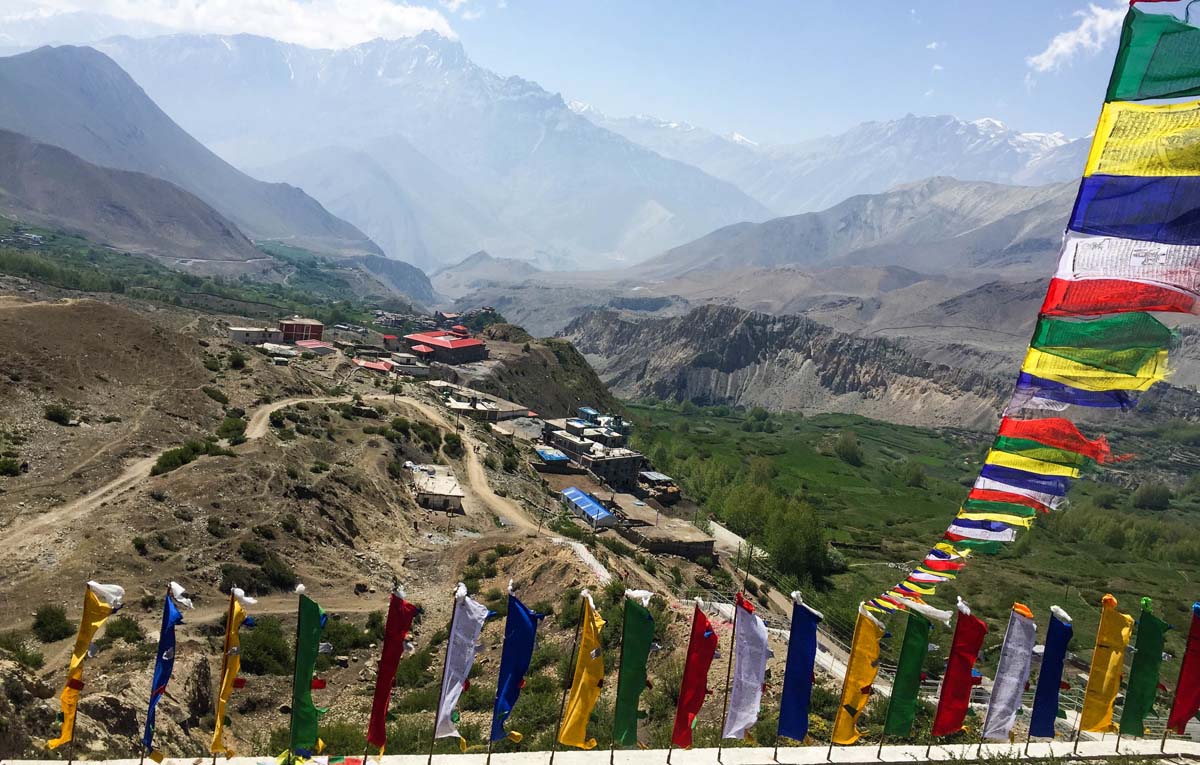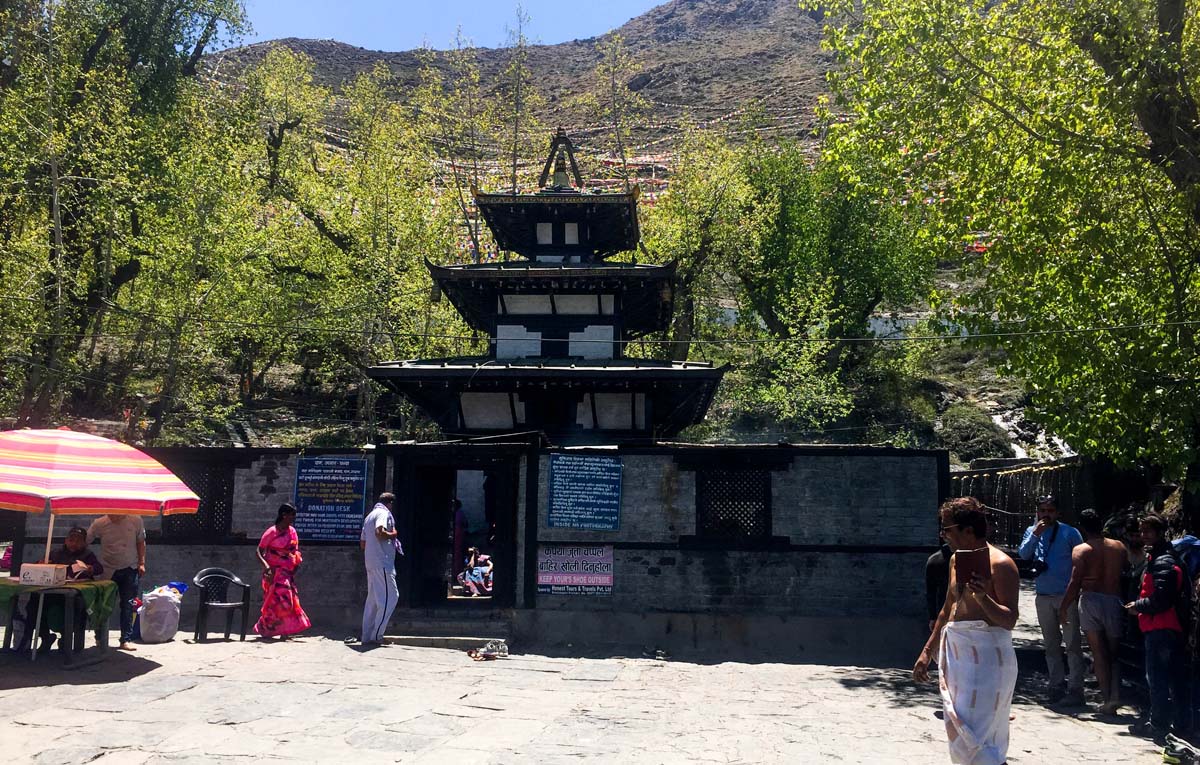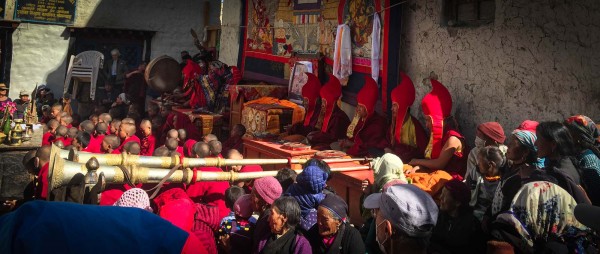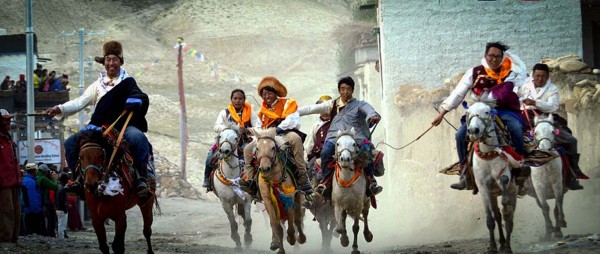Important Information
Region
Mustang Region Treks
Duration
8 Days
Max Altitude 3750 Meters
Best Season Spring, Summer & Autumn
Activity Per Day
4-5 Hours Walk
Grade
Level 2
Group Size
2 - 16 people
Transportation Bus/Flight/Jeep
Jomsom Muktinath Trek is a perfect trip for avid trekkers who have limited time to explore Mustang. This is a short and moderate trek which is speeds up by flying between Pokhara and Jomsom. Villages of lower mustang are typically beautiful and rich in Buddhist culture, located on the bank of the Kali Gandaki River which is known for the windy valley. You will surprise with the unique landscape which is situated on the lap of Annapurna range and Dhaulagiri range with the soaring view of Mount Nilgiri. The spiritual connection of Kali Gandaki and Muktinath Temple plays an important role for Buddhist and Hindu pilgrims.
This trip is designed by Himalayan Wander Walkers to avoids the roadway and include undiscovered trail. Except for the harsh winter, this trek is possible throughout the year. Annapurna conservation and TIMs permits are required to do this trek. If you have enough time then you can extend your trek by doing lower Mustang trek as well.
Jomsom Muktinath Trek Route:
The old route was popular for its salt trade between Nepal and Tibet. This trip will take you to the headquarter of Mustang district, Jomsom by scenic flying from Pokhara. Then hike to Kagbeni where the Upper Mustang entrance point is based. Four days trek will offer you to visit holy Muktinath, Lupra (sole Bon village in Mustang), pristine Dumba Lake, and the old settlement of Thakalies, Marpha village. You will drive back to Pokhara via Tatopani and Beni along the Kali Gandaki River.
If you are looking for different itinerary than the itinerary here please Customize Your Trip
Include
Arrivals and departure transport by car (We will collect you from the Kathmandu Hotel.
Kathmandu to Pokhara by tourist bus
Pokhara to Kathmandu and Pokhra to Jomsom Flight
2 nights’ accommodation (2 persons per room) in Pokhara with breakfast.
Annapurna and TIMs Permits
All land transportations as mentioned in the itinerary
Full Board Meal (Breakfast, Lunch, and Dinner) during the whole trek.
Government licensed guide and a porter for two people.
Group First Aid Kit.
HWW Company Duffle Bag for luggage
Exclude
Meals & drinks during the trek and in Pokhara and Kathmandu (unless stated otherwise under ‘The trip cost includes’)
Kathmandu Hotel
Nepal entry visa Fee.
Anything not mentioned in the ‘includes section’
If you’re forced to extend your trek due to bad weather or natural disaster circumstances, we are not liable to pay any compensation or otherwise be responsible for any expenses you may incur
Tips for your trekking guide & porters at the end of the trek
International air ticket
Internet
Phone calls
Emergency rescue evacuation
Travel/medical insurance
Personal trekking equipment
Important Information
CHECKLISTS
- Valid passport (valid for six months from the date of your trip)
- One other picture ID, such as driver’s license (in case of emergency and for use as a substitute of passport or in case of loss of your passport) Photocopy of passport page to carry in a wallet
- Air tickets (Make a copy of flight tickets which may be helpful, in case of loss)
- Visa Clearance (Make a copy of visa clearance which may be helpful, in case of emergencies)
- MasterCard, Visa Credit, and Debit Cards are accepted in Nepal. However, traveler's cheques and some cash are highly recommended.
- Mobile (if your cell phone is from CINGULAR USA or ATNT (USA) operators then your cell phone will work in Nepal.)
Guiding, Food, and Lodging
In Nepal, all trekking supplies - Teahouse trekking means staying and eating in local lodges. We stay in single rooms where possible, but often you will have to share. Rooms are basic, normally just a bed with a pillow, blankets. A few have electric lights and all have a spacious dining room-lounge. We eat at teahouses and, although the food is usually plentiful and delicious, the menu is not extensive. They offer a variety of potatoes, rice and noodle dishes, as well as soup and seasonal vegetables. Beers and local spirits are often available, but that will be at your own cost. A variety of cereals, bread, and egg dishes are generally available for breakfast. There are also snacks available such as basic biscuits, chocolate, and soft drinks and in some areas, you will find fresh fruit in season. It is normal to meet your porter in the teahouse where you will stay overnight. So, pack your necessary things in your own day pack.
DRESS CODE FOR VISITING MONASTERIES, AND TEMPLES IN NEPAL
- Shirt (either half or full sleeve)
- Full pants/long skirts
- Any type of shoes with socks
- No Hats, No Umbrella, No Slippers, No t-shirts, No short skirt, and No half-pants
- Photographs allowed in the courtyard only.
Note regarding itineraries
Although we generally adhere to the schedule, the itinerary is subject to change for numerous reasons beyond our control, including weather and terrain conditions, suitable campsite availability, and the group's general fitness level. It is important to understand that our trek is logistically complex and it is not unusual that adjustments be made. Our guide will orient you each evening to the following day's plan; their good judgment is the key to the long history of successful treks that Himalayan Wander Walkers has led till now. Please remember that our ability to make adjustments as needed helps to ensure that your trek is successful.
Frequently Asked Question
Although trekking gear is available in Nepal you are advised to bring your own gear.
- Trekking or running shoes
- Camp shoes or thongs
- Socks (polypropylene)
- Down or fiber-filled jacket
- Jumper or piled jacket
- Hiking shorts
- Waterproof jackets, poncho or umbrella
- Hiking pants
- T-shirts or blouses
- Underwear
- Sun hat
- Rucksack
- Self Inflating
- Sleeping Mattress (optional, “normal” mats
- Water bottle
- Torch,
- batteries, and
- bulbs
Extra prices:
Let us help you decide Inquiry
